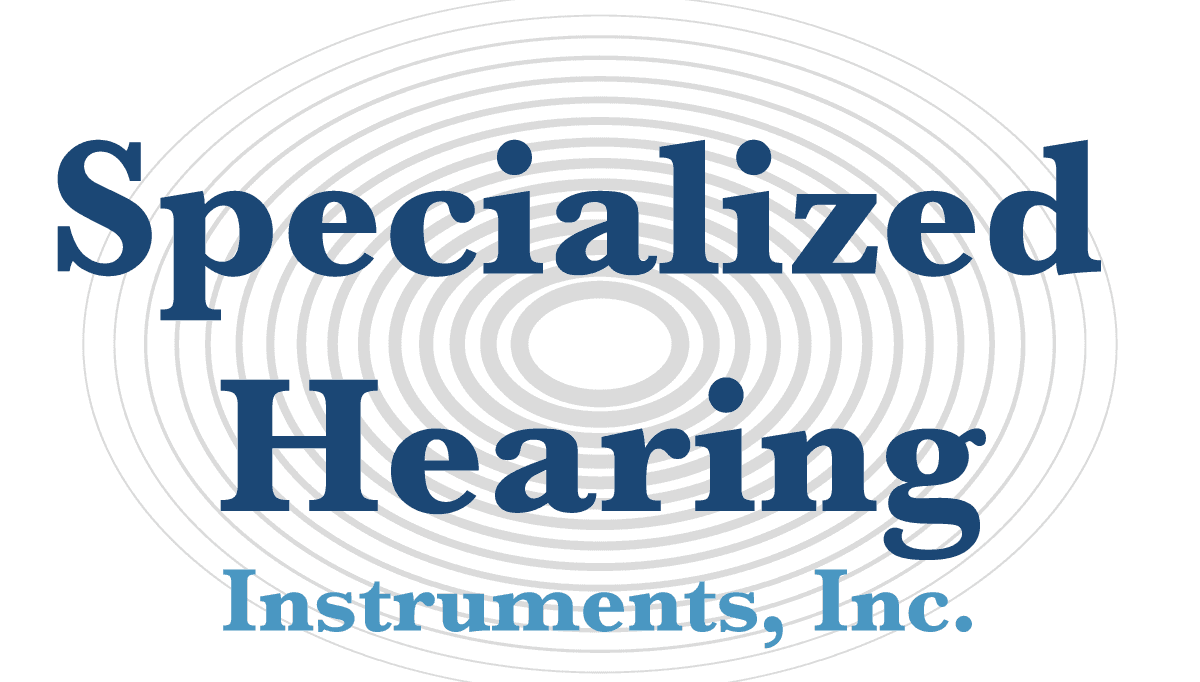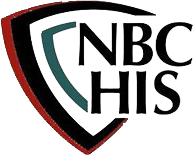About Mark Oyler, ACA, BC-HIS
Hearing Aid Training & Experience
In 1983, I started working for Beltone Electronics that was based out of Chicago, Illinois. Back in the day, hearing aid fitters or specialists were factory trained by the manufacturers themselves along with other seasoned and more experienced hearing instrument specialists which served as an apprenticeship. Who better to train an individual to fit and service hearing aids than the company that produced the product along with a professional who has fit and serviced hearing aids for many years? I count this training as some of the best I could have received, even at today’s standards. I still use most of what I learned back-in-the-day from my apprenticeship training every time I walk in my office. I also believe that my success is rooted in my earlier years of training and experience in this vast field of fitting hearing instruments. After I finished my apprenticeship, I sat for a three-hour oral and written exam, which enabled me to be licensed by the State of Arkansas to practice the art of fitting and dispensing hearing aids.
Certifications:
Board Certified by the National Board for Certification in Hearing Instrument Sciences
After I had at least three years of experience, I was qualified to sit for a three-hour exam for the National Board for Certification in Hearing Instruments Sciences. Upon successfully passing this exam, I became Board Certified by the National Board for Certification in Hearing Instrument Sciences, which enables me to place the certification after my name; Mark L. Oyler, BC-HIS.
Audioprosthologist
The American Conference of Audioprosthology, ACA was a program that would afford me an opportunity to supplement my skill set with the knowledge and theoretical background that would move me to a higher level of proficiency and professionalism, that is, to an advanced practice status. The use of the term Audioprosthologist is a privilege of successful completion of the course of study. An individual must complete and pass a 13-month course and a subsequent practicum prior to being granted this privilege. Successful completion of this course enables me to place the certification after my name: Mark L. Oyler, BC-HIS, ACA and use the term of Audioprosthologist.
A Passion to Help People Improve Their Hearing & Living
There once was a day when better hearing was a challenge and difficult to achieve for the hearing impaired. I remember talking with one of my first prospective clients, Ms. Vivian Perrine, in 1983. I was visiting her at her home when she started to tell me about when she wore her first hearing aid back in the late 1930’s. She told me how she was working for the government at the time and her ability to hear was crucial for her to retain her position. She was very motived to hear, so she wore one of the first three part body worn hearing aids. There was a battery pack, an amplifier and the hearing aid or receiver itself. All three pieces were about the size of a metal prince albert tobacco can. She fondly reflected on how she was bow legged and was; therefore, able to fit the battery pack between her legs strapped to her inner thigh. As my eyes widened she went on tell how the device was hard to manage because the hearing aid was so big and cumbersome. She continued expounding on her story and said “the sound quality was not the best, but I made due and was able to hear and continue on to make a career working for the federal government”. As you can tell Ms. Perrine was quite a character and an independent lady, which may be why she never found time or a desire to get married.
In the early 1950’s with the age of the transistor, Ms. Perrine was fit with a hearing aid that was built into the temple piece of her eyeglasses frames. Later on in the late 60’s to the early 70’s the rage was to adapt the hearing aid to fit behind-the-ear. When I met Ms. Perrine in the early 80’s she was wearing the Beltone Sonata behind-the-ear. I was there that day to fit her with a new hearing aid, which was the Beltone Melody. Ms. Perrine had an in-home-test to tell if the new hearing aid was a keeper. One of her life’s passions was playing and teaching other’s to play the piano. Her music was very important to her quality of life. You see back in the eighties, hearing aids were still largely being sold and distributed to the individual at their home, so as soon as I got her fit with her new hearing aid – and before I could ask her what every good hearing aid fitter would ask the patient back then – “how does it sound” – she got up walked over to her piano and played “Jesus Loves Me.” With that, a big smile came over her face and she said, ”that sounds good.” Ms. Perrine is one of the first ladies I ever fit with a hearing aid, and she made a great impression on a young twenty something year old man. I believe that impression played a role in my life’s decision to make a career of helping the hearing impaired.
So, as Ms. Perrine grew up with the evolution of the hearing aids, so I too have grown up with hearing aids. I have been a hearing aid fitting specialist from 1983 to the present.
Hearing Aid Fittings and Repairs Through the Years
I have fit the body worn style of hearing aid, which later on was greatly improved in quality and smaller in size to a single unit (about the size of a cigarette pack). I have fit the eyeglass worn aid, which is truly the instrument that probably required the most artful of hands to fit. Not only was a hearing aid being fit but the eyeglasses were being refit for use and comfort. All this was usually performed at the client’s home while sitting at their kitchen table. I have fit the behind-the-ear, which back then was as big as the person’s ear itself and the ear mold was large and bulky as well. I have fit the custom-in-the-ear, which first came on the scene in the mid 1980’s and led to the smaller state-of-the-art custom in-the-canal hearing instruments, which today can be almost invisible or transparent. The behind-the-ear has been revamped recently with the new receiver-in-the-canal or RIC, which has been one of the best improvements in hearing instruments in recent history with their open ear fit and the receiver itself located deeper in the ear canal. It is people like Ms. Perrine, who ventured out for better hearing and the hearing aid fitting specialist of old who delivered a relatively obscure device to the individual’s home that have help to shape and bring the state of today’s hearing aid instruments to a much higher level of service. I am very thankful to be a part of that journey.



